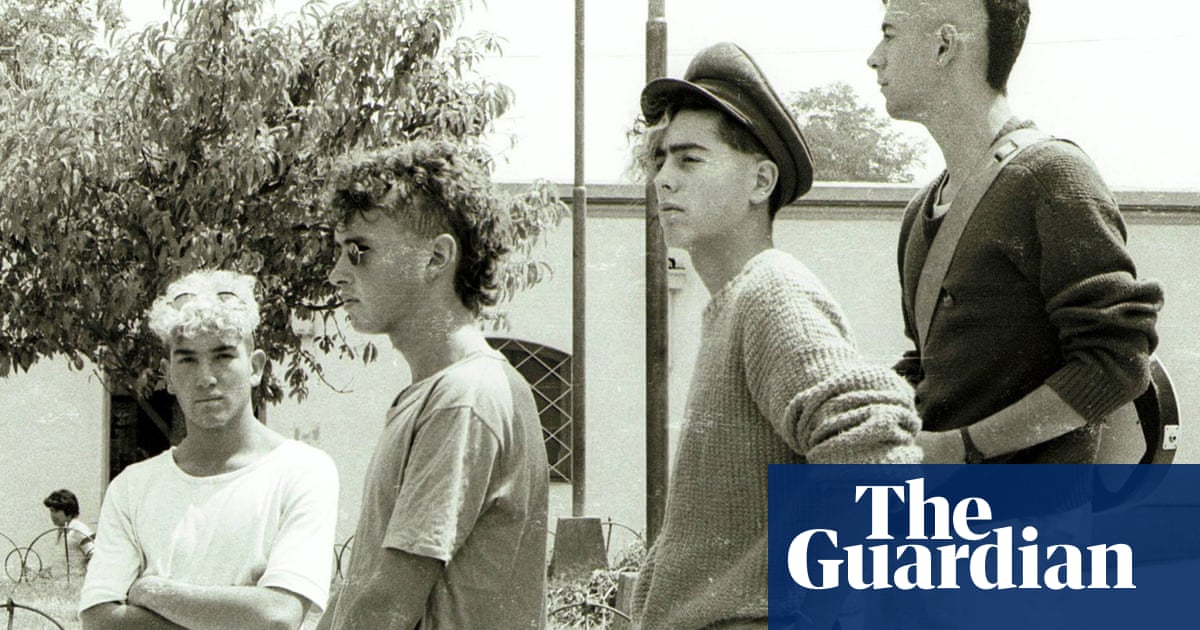
I always loved those children’s books that offered a map that folded out of the cover. The Lord of the Rings set the standard, allowing you to trace Frodo’s travels through Middle-earth to the far-off lands of Mordor. It was only as an adult that I discovered that those fantasy worlds had been very much closer to home than I’d imagined.
Like Tolkien, I grew up in Birmingham and it was a smile-inducing wonder to realise that many of the landmarks in the books were based on the geography of the author’s childhood – that the Shire itself was a recreation of the happiness of his infancy at Sarehole Mill; that the Old Forest where Tom Bombadil lived recalled Moseley Bog where the author had his childhood adventures (now preserved as a nature reserve by the Birmingham and Black Country Wildlife Trust); that the Towers of Gondor were said to be based on two distinctive structures in Edgbaston: the 100ft Gothic Perrott’s Folly and the Waterworks tower built by John Henry Chamberlain in 1870; and that the haunting Eye of Sauron was reportedly evoked by a memory of the grim weeks Tolkien spent recuperating at the university hospital from “trench fever” contracted in France in 1916, where the illuminated clock tower he could see through the window kept him awake.
Nadine Dorries spent most of last week embarrassingly suggesting that the Commonwealth Games might finally put Britain’s second city and the entire West Midlands – home to three million – “on the map”. Perhaps the culture secretary should take a day out on the excellent Birmingham Museums Tolkien Trail (and follow it up with a wander around Shakespeare’s Stratford and Dr Johnson’s Lichfield) to get her bearings.
Bird brained
Of all the deficits of Brexit, the one that is likely to be felt most keenly for decades to come is the UK’s tragic withdrawal from EU scientific funding, including the £80bn Horizon programme from which British universities and researchers remain excluded, pending a positive resolution of the Northern Ireland protocol. One department that was set to close because of the loss of EU funds was the world-leading Cambridge University comparative cognition lab, which for two decades has done pioneering work in understanding the advanced intelligence of the corvid family of birds, particularly rooks and jays.
Nicola Clayton, who leads the centre, was faced in the spring with the problem of finding new homes for the 32 hand-reared birds that have been the partners in her research. The centre, which has revealed how rooks and jays understand time, exhibit empathy and can use tools, has been saved for the foreseeable future thanks to £500,000 in public donations. Since rooks, however, can live for 80 years, plans for the birds’ middle age remain sadly uncertain.
Don Readies
One of the more surreal moments in the excruciating Tory hustings debates was Liz Truss’s insistence that she would be channelling the spirit of Don Revie were she to become prime minister. Leaving aside the fact that Revie had long left Leeds United by the time Truss arrived in leafy Roundhay, to the north of the city, the Don is a dubious role model. Having been called up for the big job he craved as England boss in 1974, Revie failed to qualify for the European championships and then abandoned the national team midway through a disastrous World Cup exit so he could take up a far more lucrative job in the oil-rich UAE. Perhaps Truss is already imagining a similar career trajectory.
Tim Adams is an Observer columnist












